Home>Gardening & Outdoor>Outdoor Structures>What Type Of Gravel For A Shed Base
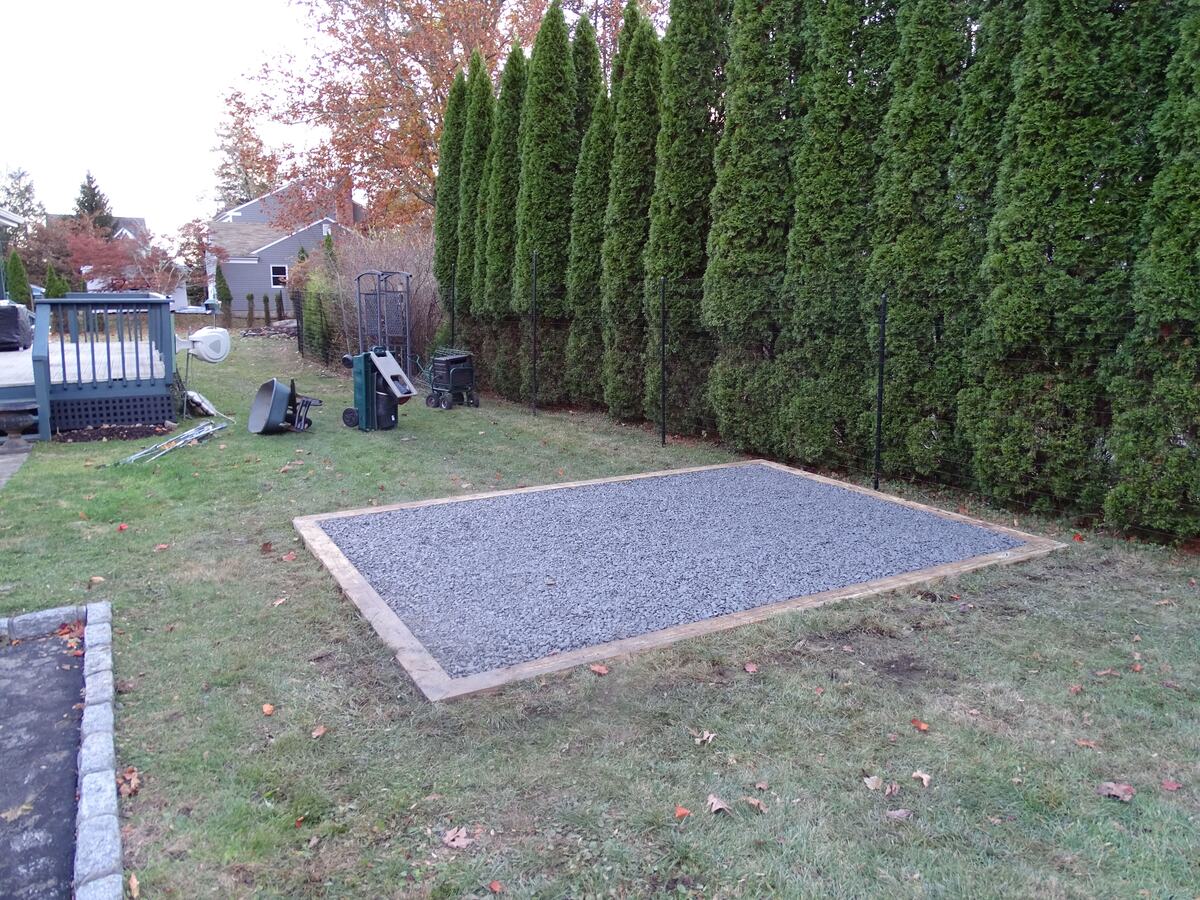

Outdoor Structures
What Type Of Gravel For A Shed Base
Published: January 20, 2024
Discover the best type of gravel for your shed base and ensure a sturdy foundation for all your outdoor structures. Learn about the ideal gravel options for long-lasting durability.
(Many of the links in this article redirect to a specific reviewed product. Your purchase of these products through affiliate links helps to generate commission for Storables.com, at no extra cost. Learn more)
Introduction: Importance of Choosing the Right Gravel for a Shed Base
When it comes to constructing a shed, the foundation is a critical element that significantly impacts its longevity and stability. One key aspect of building a solid shed foundation is selecting the right type of gravel. While it may seem like a mundane decision, the choice of gravel can make a substantial difference in the performance and durability of the shed base.
The proper gravel serves as a reliable anchor for the shed, offering essential support and drainage. It aids in preventing moisture buildup, maintaining stability, and ensuring the shed remains structurally sound over time. Therefore, understanding the factors to consider and the various types of gravel available is crucial for making an informed decision that will contribute to the overall quality and resilience of the shed foundation.
Key Takeaways:
- Choose the right gravel for your shed base to ensure stability and prevent water damage. Consider factors like drainage, stability, and durability when making your selection.
- Pea gravel, crushed stone, and decomposed granite are common options for shed bases, each with unique benefits. Consider the specific needs of your shed and the cost and availability of each gravel type before making a decision.
Factors to Consider
Before selecting gravel for a shed base, it’s essential to consider several key factors that directly impact the performance and longevity of the foundation. These include drainage, stability, and durability.
Drainage
Proper drainage is vital for preserving the integrity of the shed base. When rainwater or melting snow accumulates around or beneath the shed, it can lead to moisture-related issues such as rot, mold, and mildew. Choosing gravel with excellent drainage properties helps prevent water from pooling around the shed, effectively minimizing the risk of water damage and preserving the structural integrity of the foundation.
Stability
The stability of the shed base is crucial for ensuring the shed remains secure and level. The selected gravel should provide a solid and even foundation, preventing the shed from settling unevenly or shifting over time. Stability is particularly important for larger sheds or those housing heavy equipment, as it directly impacts the overall safety and functionality of the structure.
Durability
The durability of the gravel directly influences the longevity of the shed base. Opting for durable gravel ensures that the foundation can withstand the weight of the shed and resist erosion and degradation over time. Durable gravel contributes to the long-term stability and structural integrity of the shed base, reducing the need for frequent maintenance and repairs.
Considering these factors is essential for making an informed decision when selecting gravel for a shed base. By prioritizing drainage, stability, and durability, you can ensure the foundation provides a reliable and long-lasting support system for your shed.
Read more: What Is The Best Base To Put Under A Shed
Types of Gravel
When it comes to choosing gravel for a shed base, several options are available, each with its unique characteristics and suitability for different applications. Understanding the distinct properties of various gravel types is crucial for selecting the most appropriate option for a specific shed foundation. The most common types of gravel for shed bases include pea gravel, crushed stone, and decomposed granite.
Pea Gravel
Pea gravel, named for its small, rounded pea-sized stones, is a popular choice for shed bases. It offers excellent drainage properties, allowing water to flow through the gravel easily. Additionally, its smooth, rounded texture makes it relatively comfortable to walk on and provides a visually appealing surface. Pea gravel is well-suited for smaller sheds and areas with good drainage, making it an ideal option for creating a stable and supportive foundation.
Crushed Stone
Crushed stone is a versatile and widely used option for shed bases. Available in various sizes and textures, crushed stone provides excellent stability and load-bearing capacity, making it suitable for supporting sheds of different sizes and weights. Its angular edges interlock to create a stable base, ensuring the shed remains level and secure. Crushed stone is an ideal choice for areas that require a robust and durable foundation, offering exceptional long-term stability and performance.
Decomposed Granite
Decomposed granite, composed of weathered and eroded granite rock particles, is another viable option for shed bases. It offers excellent drainage and compacts well, providing a stable and firm foundation for the shed. Its natural appearance and permeability make it an attractive choice for environmentally conscious shed owners. Decomposed granite is suitable for areas with moderate to good drainage and is particularly well-suited for creating a natural and aesthetically pleasing shed base.
Each type of gravel has its own set of advantages, making it essential to consider the specific requirements of the shed and its location when choosing the most suitable option. By understanding the unique characteristics of pea gravel, crushed stone, and decomposed granite, shed owners can make an informed decision that ensures a solid and reliable foundation for their structure.
Read more: How To Build A Base For A Shed
Choosing the Best Option
When selecting gravel for a shed base, it’s important to consider various factors to determine the best option that aligns with the specific requirements of the shed and its surroundings. This involves taking into account the considerations for specific shed types and evaluating the cost and availability of the gravel options.
Considerations for Specific Shed Types
The type and size of the shed play a crucial role in determining the most suitable gravel for the base. For instance, larger sheds or those housing heavy equipment require a stable and robust foundation, making crushed stone an excellent choice due to its superior load-bearing capacity and stability. On the other hand, smaller sheds may benefit from the permeability and aesthetic appeal of pea gravel or the natural appearance of decomposed granite. Understanding the specific needs of the shed and its intended use is essential for selecting gravel that provides the necessary support and longevity.
Cost and Availability
Cost and availability are practical considerations that can influence the selection of gravel for a shed base. While crushed stone offers exceptional stability, its cost and availability may vary based on location and local suppliers. Pea gravel, known for its affordability and widespread availability, may be a more practical choice for budget-conscious shed owners. Similarly, decomposed granite, though visually appealing and environmentally friendly, should be evaluated based on its cost and accessibility in a given area. Assessing the cost and availability of each gravel type enables shed owners to make an informed decision that aligns with their budget and logistical constraints.
By carefully considering the specific requirements of the shed and evaluating the cost and availability of different gravel options, shed owners can select the best option for their shed base. This thoughtful approach ensures that the chosen gravel provides the necessary support, durability, and value, contributing to the long-term stability and functionality of the shed.
Preparation and Installation
Proper preparation and installation are essential for creating a durable and stable shed base using gravel. This process involves clearing and leveling the area, compacting the gravel, and adding a weed barrier to ensure the longevity and performance of the shed foundation.
Read more: How To Build A Gravel Pad For A Shed
Clearing and Leveling the Area
Prior to laying the gravel, it’s crucial to clear the designated area of any vegetation, debris, or obstructions. This involves removing grass, weeds, rocks, and other impediments to create a flat and even surface for the shed base. Leveling the area using a rake or a grading tool helps ensure that the foundation will be uniform and stable. Properly preparing the ground sets the stage for a solid and well-supported shed base, minimizing the risk of uneven settling or instability over time.
Compacting the Gravel
Once the area is cleared and leveled, the next step involves the careful and thorough compaction of the gravel. Using a compactor or a heavy roller, the gravel is densely packed to create a firm and stable foundation for the shed. Proper compaction is essential for preventing the gravel from shifting, settling, or becoming uneven, ultimately contributing to the long-term stability and structural integrity of the shed base. This step is critical for ensuring that the gravel provides reliable support and load-bearing capacity for the shed.
Adding a Weed Barrier
Integrating a weed barrier, such as landscape fabric, is a valuable addition to the shed base installation process. A weed barrier helps prevent the growth of weeds and vegetation through the gravel, reducing maintenance efforts and preserving the appearance and stability of the foundation. By inhibiting weed growth, the barrier contributes to the overall cleanliness and longevity of the shed base, ensuring that the gravel remains uncompromised and the shed’s structural integrity is maintained over time.
By meticulously following the steps of clearing and leveling the area, compacting the gravel, and adding a weed barrier, shed owners can establish a robust and enduring foundation for their sheds. This thorough and methodical approach to preparation and installation sets the stage for a stable and reliable base that supports the shed effectively for years to come.
Conclusion
In conclusion, the selection of gravel for a shed base is a crucial decision that significantly influences the stability, durability, and longevity of the shed foundation. By considering key factors, understanding the types of gravel available, and evaluating specific considerations for different shed types, shed owners can make informed decisions that ensure the optimal performance of their shed bases.
Read more: How To Level A Shed Base
Recap of Key Points
Factors such as drainage, stability, and durability play pivotal roles in determining the suitability of gravel for a shed base. Pea gravel, crushed stone, and decomposed granite are common options, each offering unique benefits and applications. When choosing the best gravel option, shed owners should consider the specific requirements of their sheds and evaluate the cost and availability of the gravel types. Proper preparation and installation, including clearing and leveling the area, compacting the gravel, and adding a weed barrier, are essential steps in creating a stable and long-lasting shed base.
Importance of Proper Gravel Selection for Shed Longevity
The significance of selecting the right gravel for a shed base cannot be overstated. A well-chosen gravel type provides essential support, facilitates proper drainage, and contributes to the overall stability and durability of the shed foundation. By investing time and consideration into the gravel selection process, shed owners can safeguard their sheds against potential issues such as water damage, uneven settling, and structural instability. The longevity and performance of the shed hinge on the quality and suitability of the gravel used in its foundation, making proper selection a fundamental aspect of shed construction and maintenance.
In essence, the careful consideration of gravel options and the meticulous preparation and installation of the shed base are integral to ensuring that the shed remains structurally sound and functional for years to come. By prioritizing the selection of the right gravel and adhering to best practices in its installation, shed owners can establish a reliable and enduring foundation that supports their sheds effectively, contributing to the overall quality and longevity of the structure.
Frequently Asked Questions about What Type Of Gravel For A Shed Base
Was this page helpful?
At Storables.com, we guarantee accurate and reliable information. Our content, validated by Expert Board Contributors, is crafted following stringent Editorial Policies. We're committed to providing you with well-researched, expert-backed insights for all your informational needs.

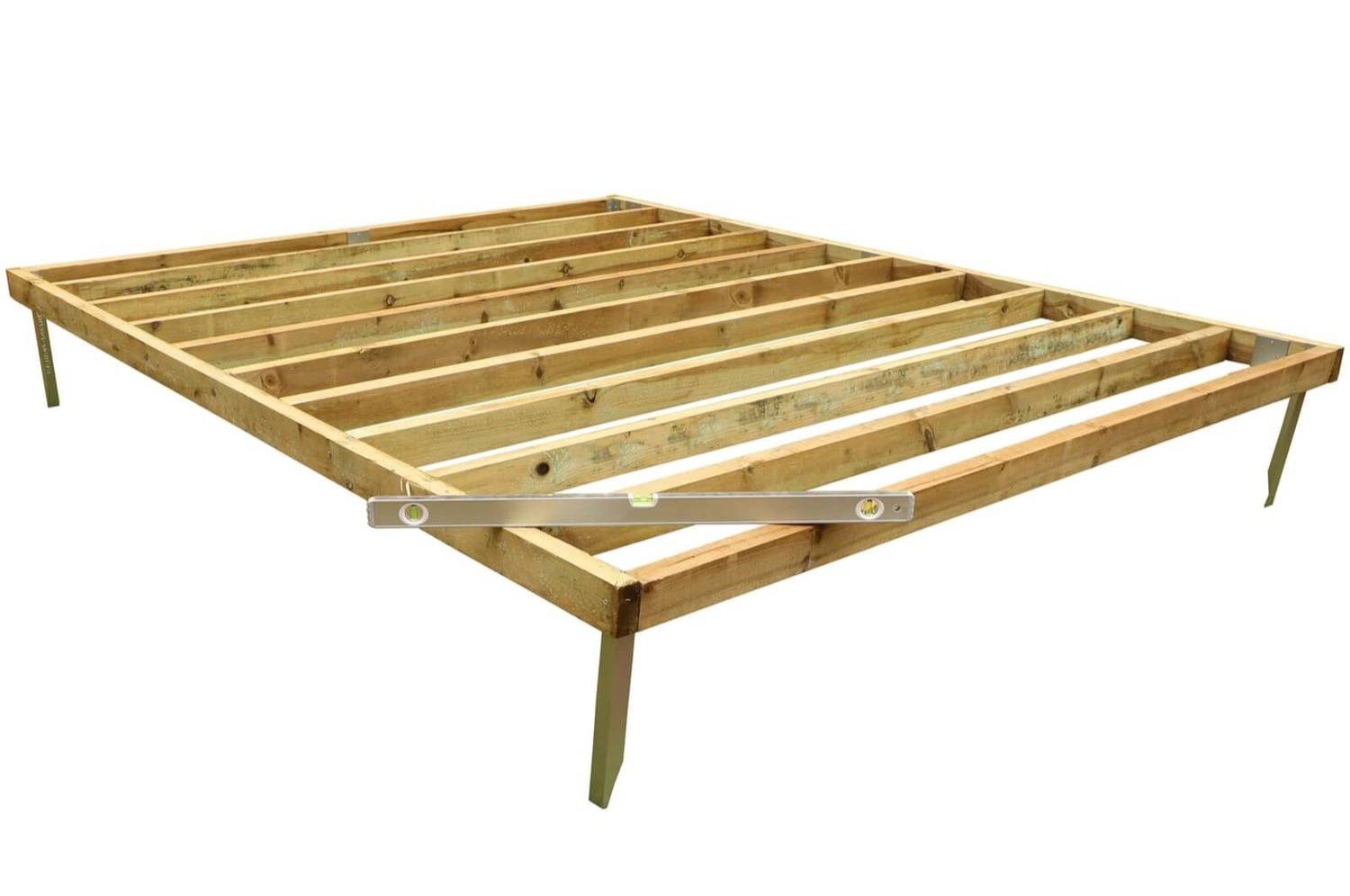

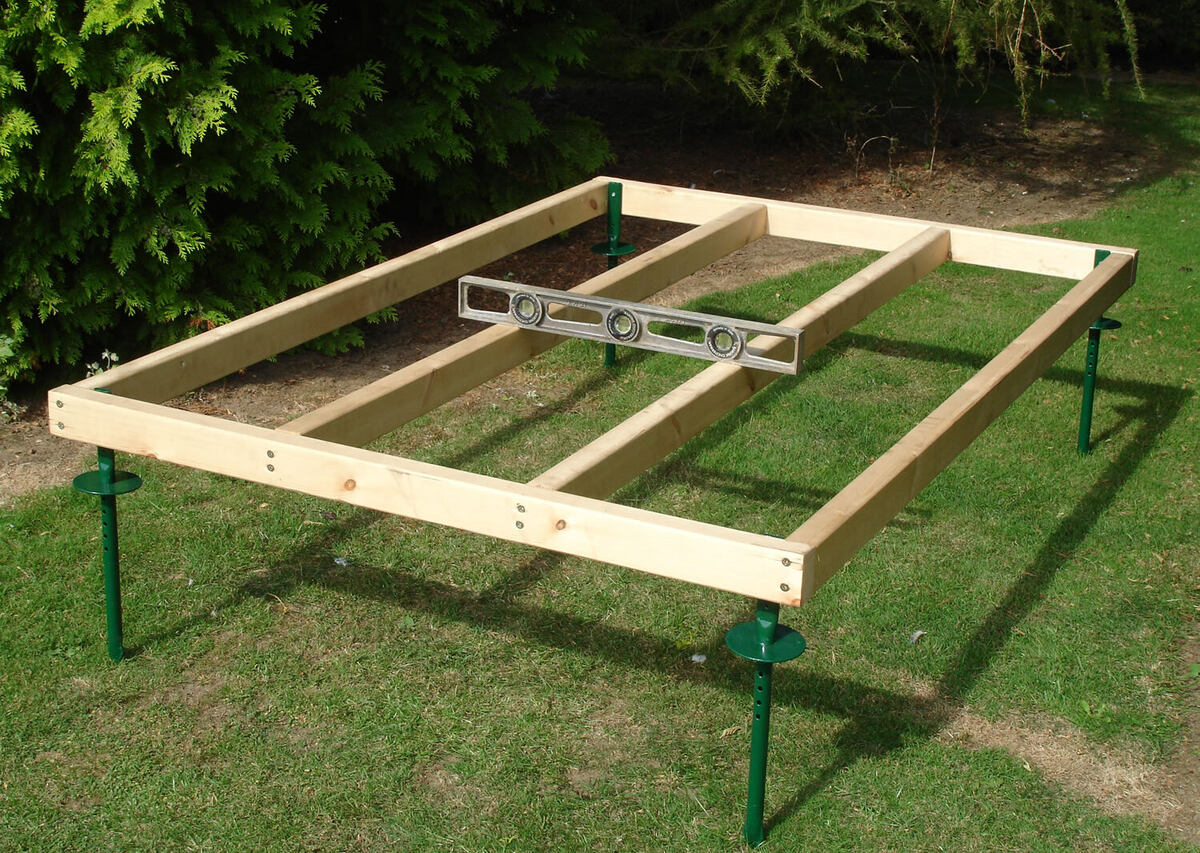
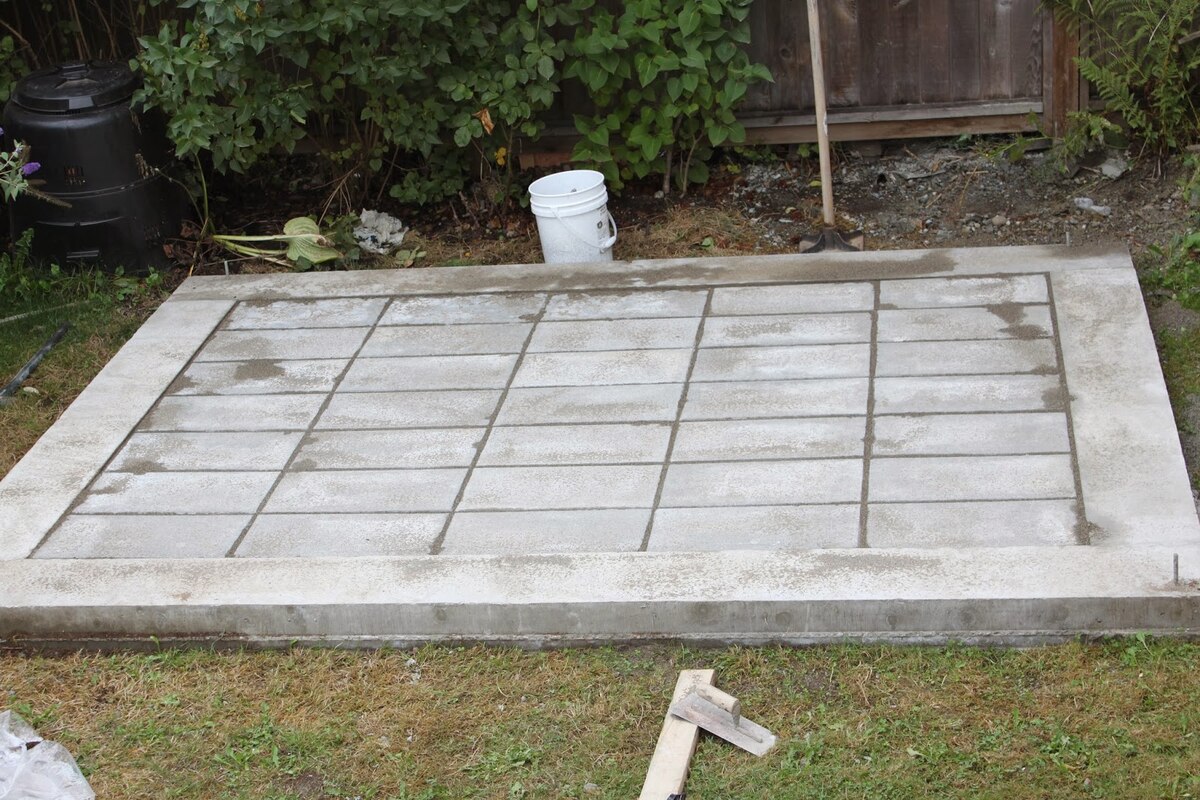
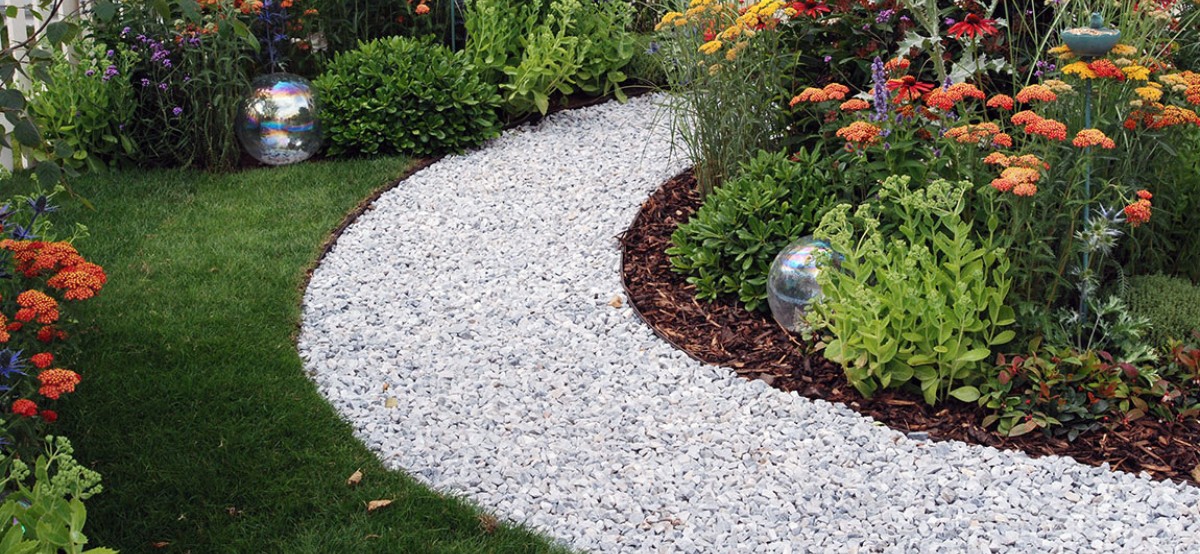
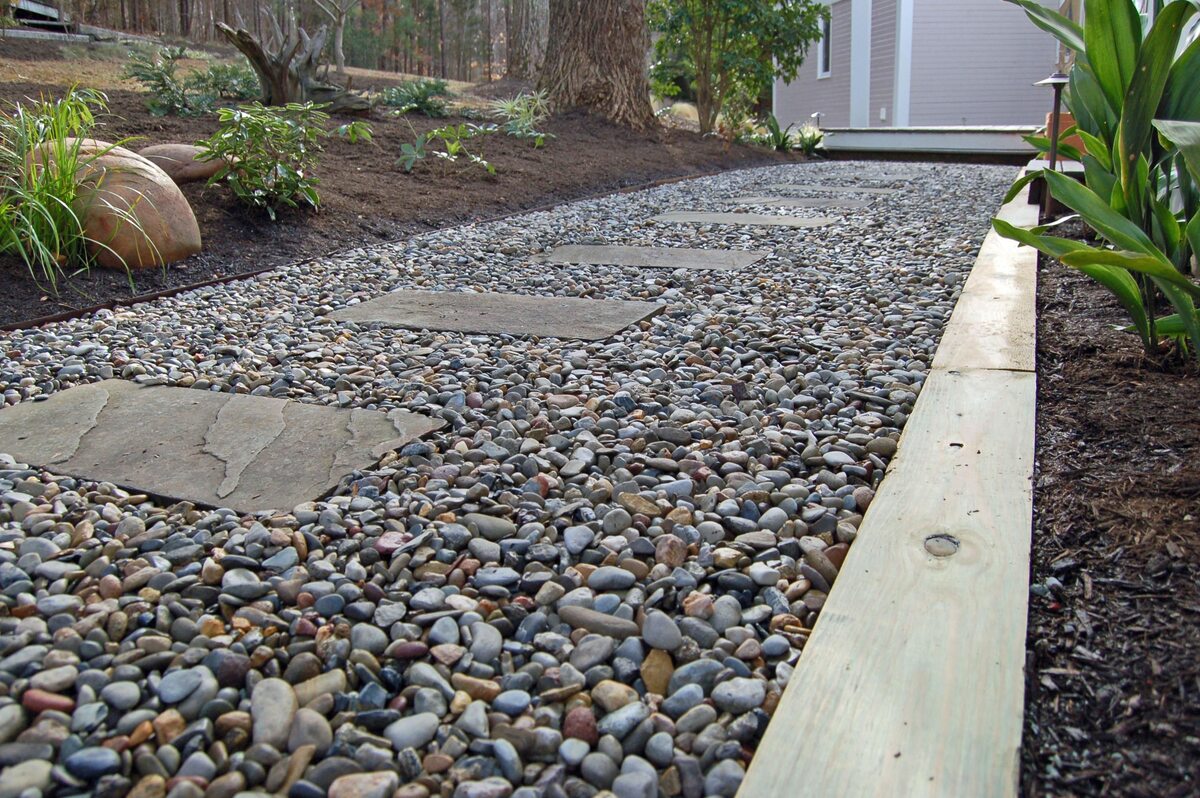
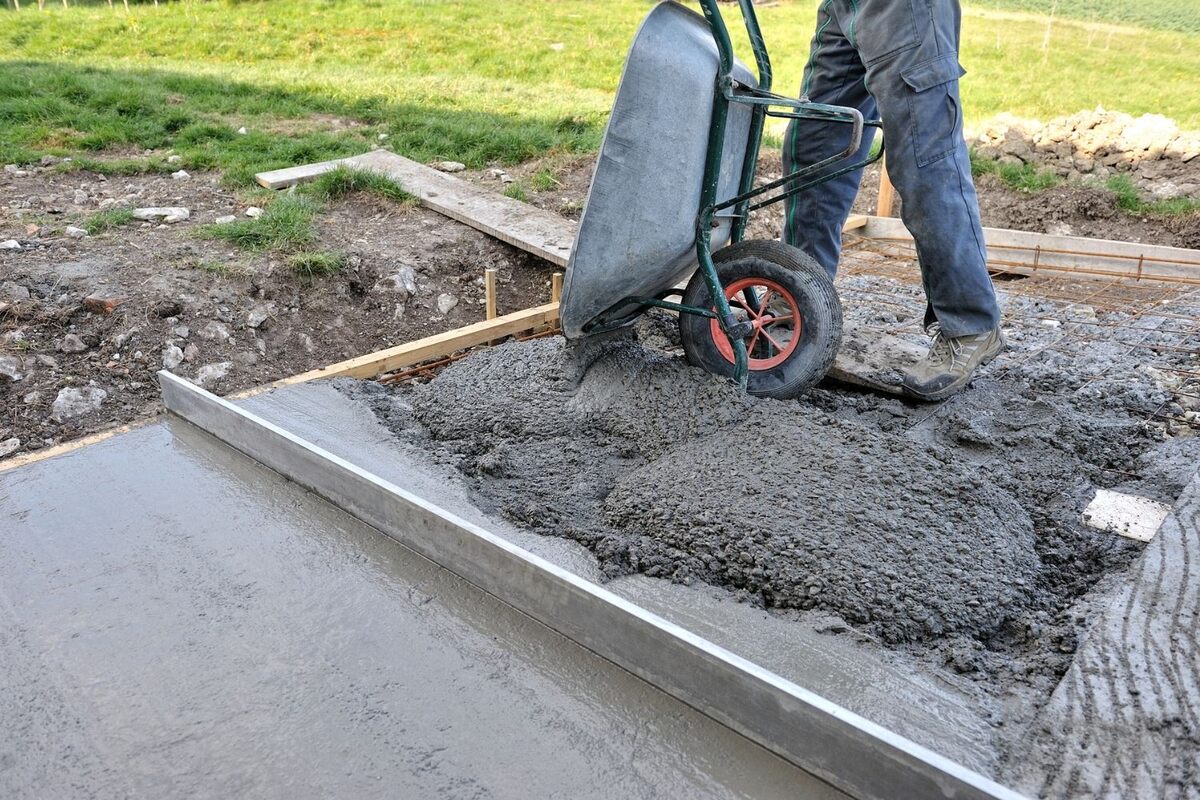

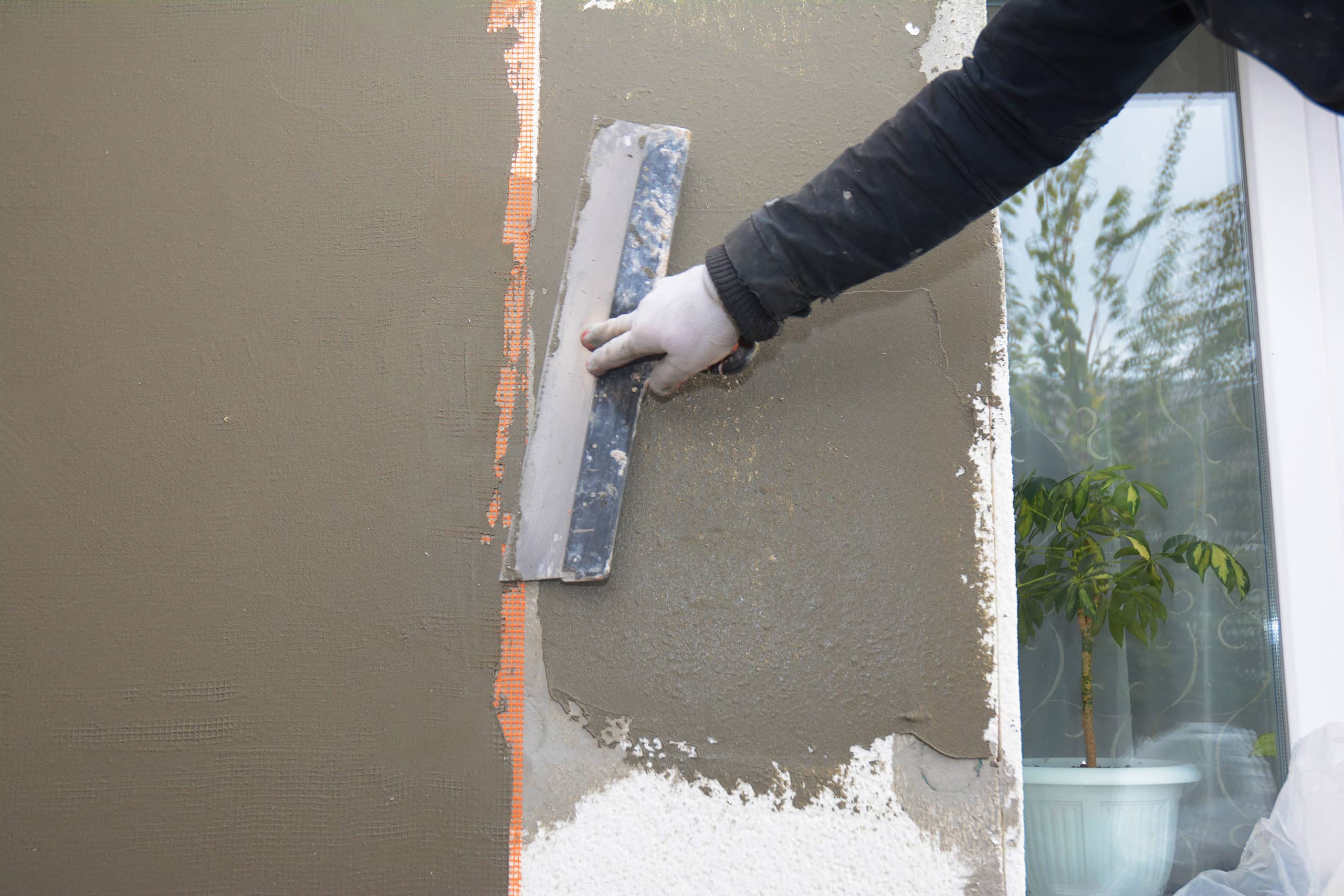
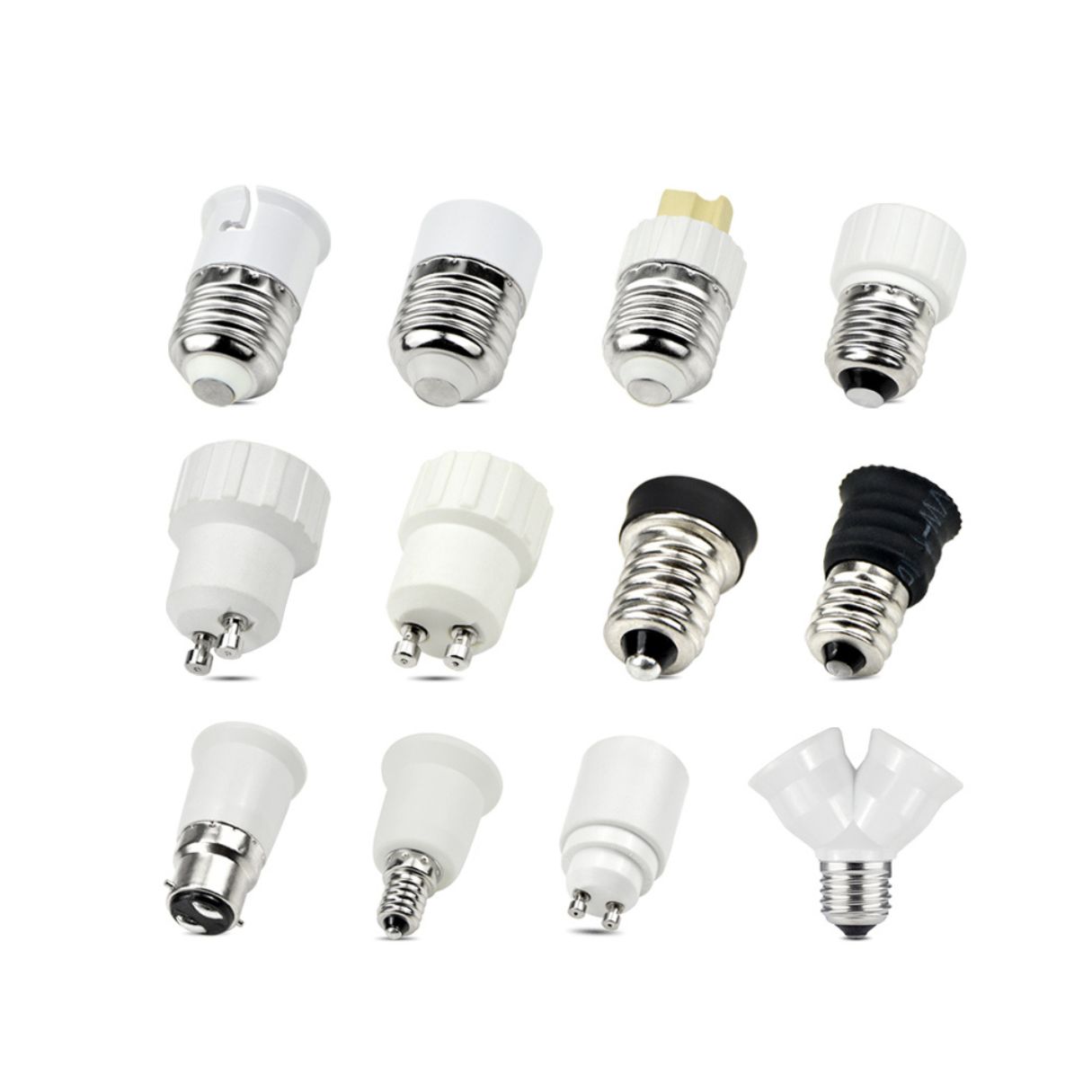

0 thoughts on “What Type Of Gravel For A Shed Base”